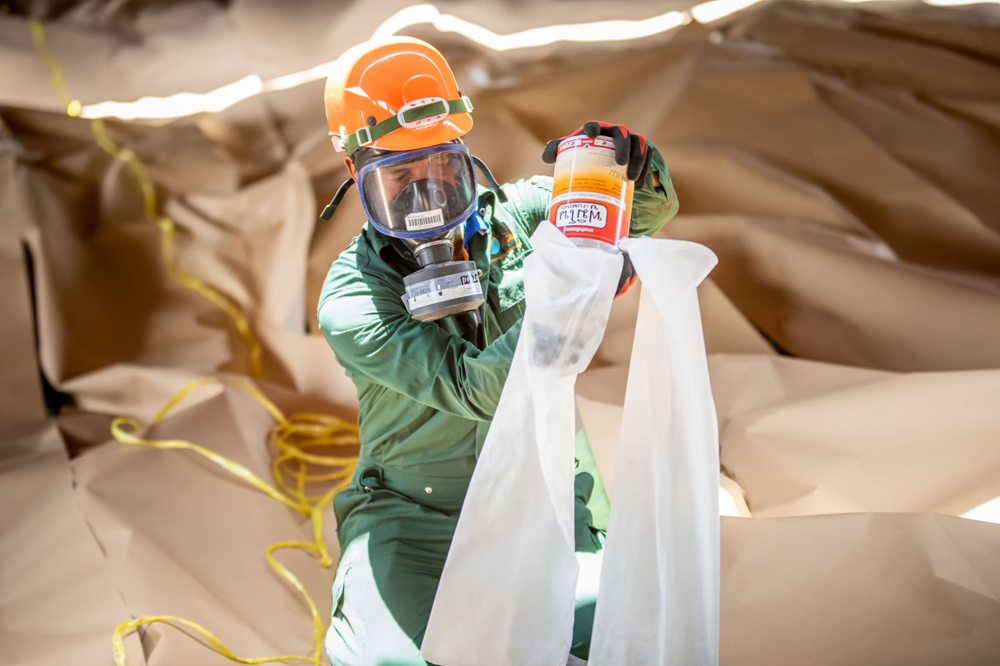What is Fumigation?
Fumigation is a process that uses a fumigant— a chemical substance capable of transforming into gas under suitable temperature and pressure. When applied in a sealed and controlled environment with the right concentration and exposure time, the fumigant can effectively eliminate living organisms such as insect pests through their respiratory system.
Commonly used fumigants include:
- Aluminium phosphide (Phosphine)
- Methyl bromide
These chemicals are widely applied across various industries—including agriculture, logistics, food, and wood/furniture manufacturing—due to their proven effectiveness in eradicating pests and insects. Fumigation prevents infestations that could damage goods and raw materials, extends product shelf life, and helps reduce the risk of disease transmission by insects. For exported goods, fumigation further minimizes the risk of pest outbreaks in destination countries, ensuring safe delivery to end users.
Safety Measures in Fumigation
Because fumigation involves highly toxic chemicals, strict safety protocols must be followed:
- Operators must undergo safety training, be licensed, and authorized by relevant authorities.
- Fumigation areas must be well-ventilated, located away from residential zones, and clearly restricted.
- Workers are required to wear appropriate Personal Protective Equipment (PPE).
- Safety checks must be performed before fumigation to ensure no leaks occur.
- Fumigants must be safely stored and disposed of in compliance with regulations.
SGT Service provides professional fumigation for both domestic and international shipments. With an experienced and highly trained team, we ensure your goods are handled with the utmost care, safeguarded against infestation, and delivered pest-free.






 Tel. :
Tel. :  Fax. :
Fax. :  Email :
Email :